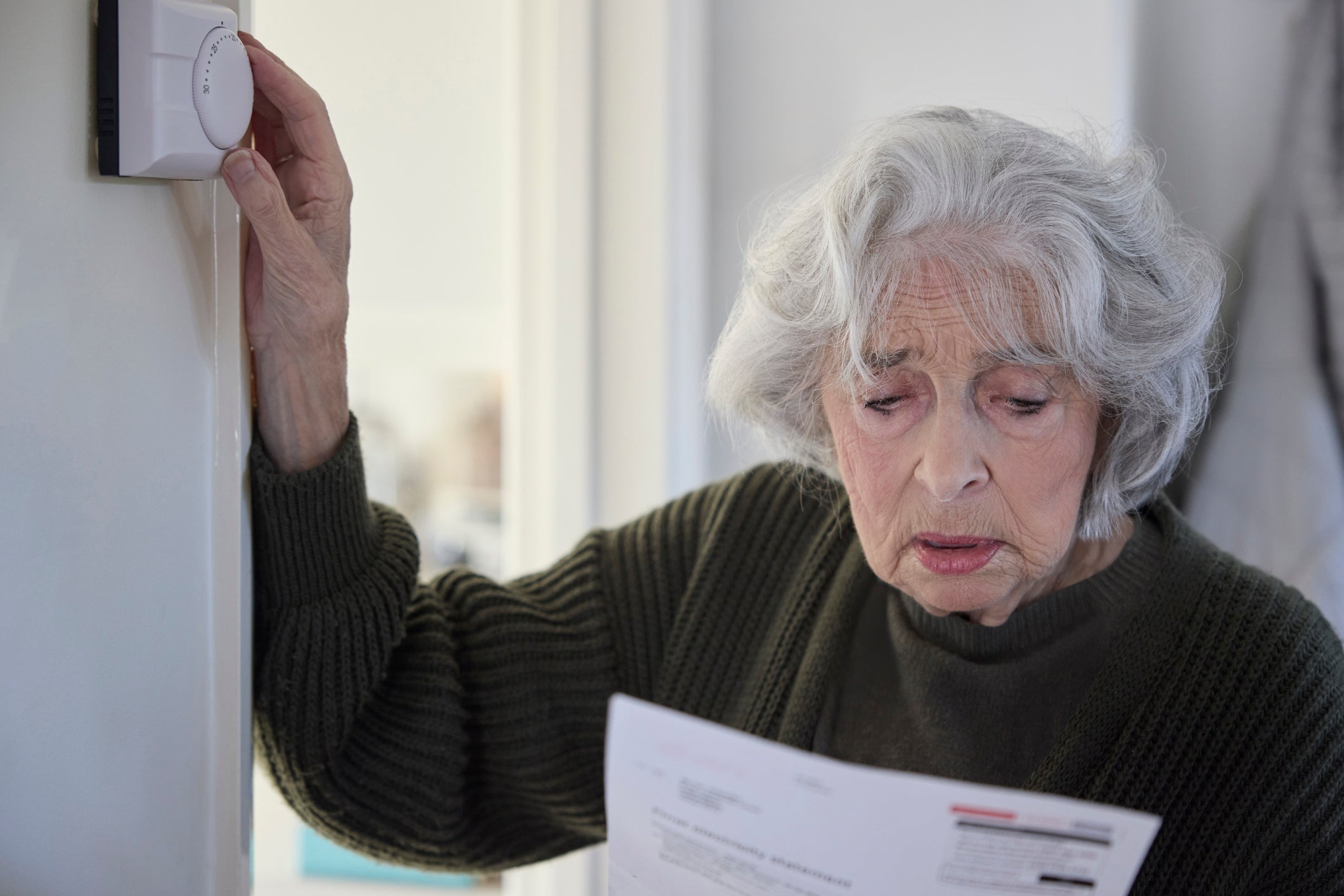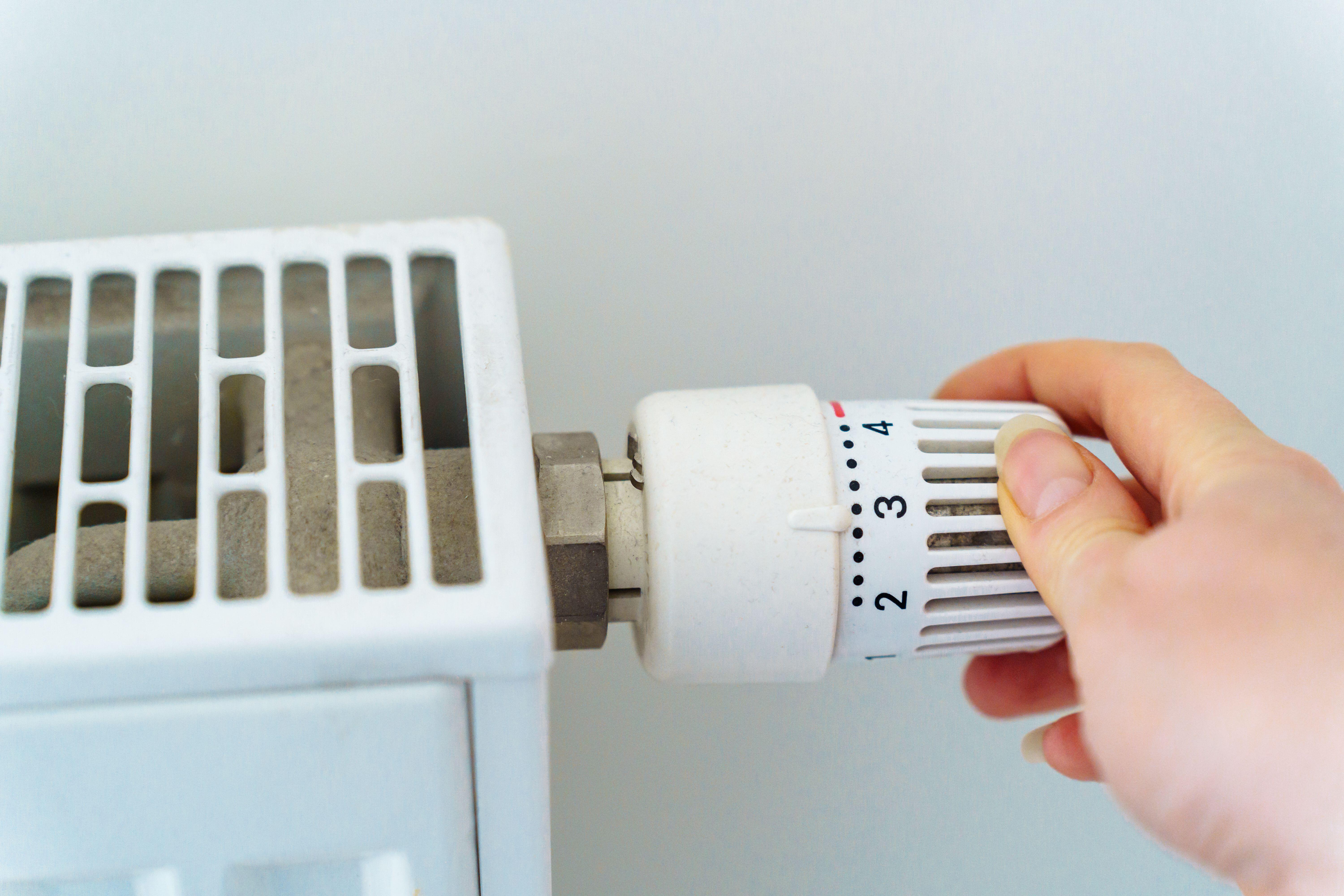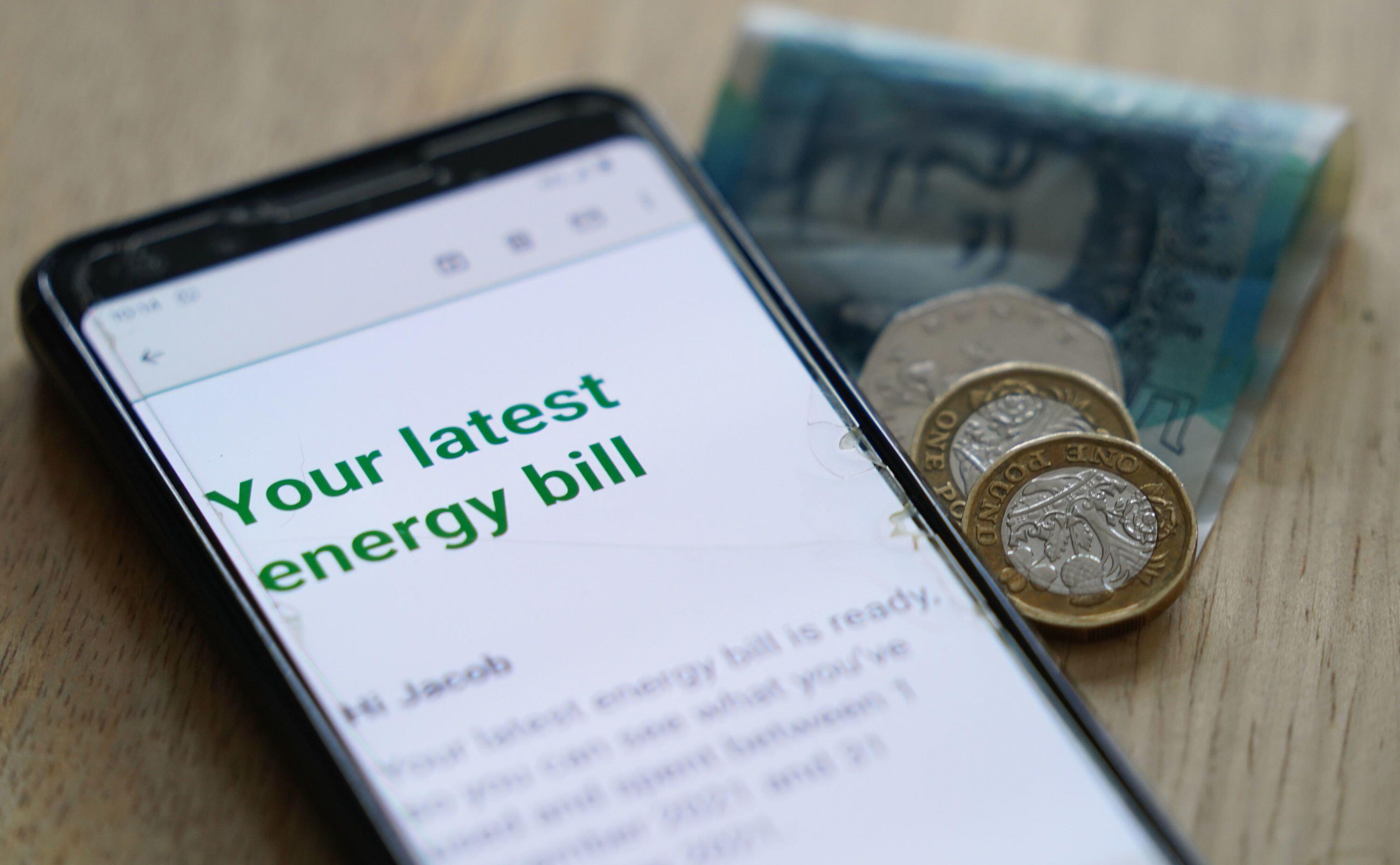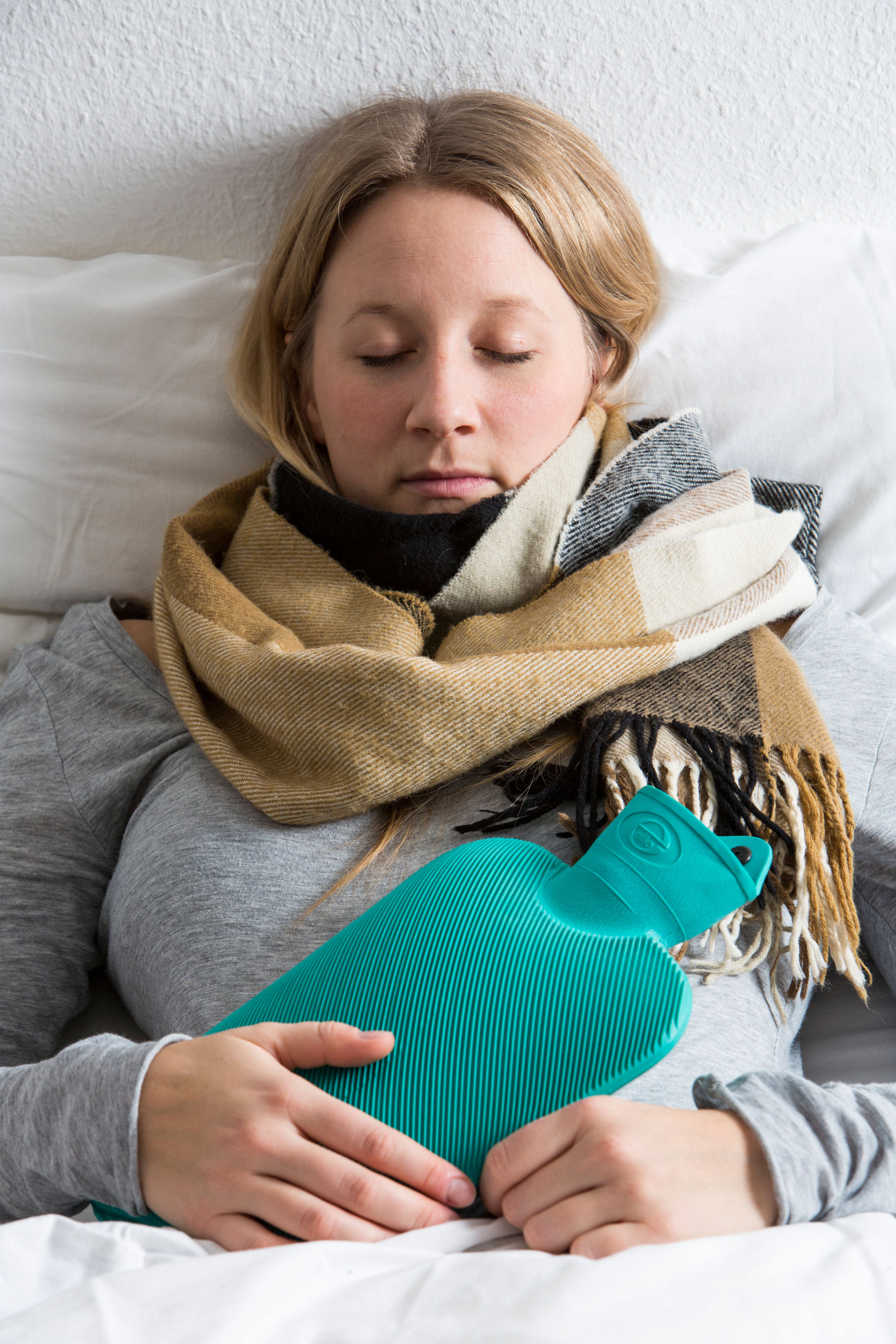Experts on the right time to start putting the central heating on
Is September too early to turn the heating on?

Your support helps us to tell the story
From reproductive rights to climate change to Big Tech, The Independent is on the ground when the story is developing. Whether it's investigating the financials of Elon Musk's pro-Trump PAC or producing our latest documentary, 'The A Word', which shines a light on the American women fighting for reproductive rights, we know how important it is to parse out the facts from the messaging.
At such a critical moment in US history, we need reporters on the ground. Your donation allows us to keep sending journalists to speak to both sides of the story.
The Independent is trusted by Americans across the entire political spectrum. And unlike many other quality news outlets, we choose not to lock Americans out of our reporting and analysis with paywalls. We believe quality journalism should be available to everyone, paid for by those who can afford it.
Your support makes all the difference.The UK is feeling the force of an apparent ‘arctic blast’.
The start of autumn has brought chillier conditions and widespread frost overnight with a low of minus 2.7C recorded in North Yorkshire on Thursday evening.
With this many of us have pulled on an extra layer to stay cosy during the cold snap – and some of us may have even been tempted to put our heating on at home.
But, is it too early to crank up the thermostat? And are there cheaper ways to keep our homes warm right now?
“Whilst there isn’t an optimum time to switch heating on, once temperatures are below 15°C, often around October or November, it is best to turn the heating on as we feel the chill more,” recommends Jess Steele, heating technology expert at BestHeating.
“By the end of the month, even the hardiest among us will [likely] have our heating on to keep warm, as temperatures are predicted to drop further.”

Ultimately however, it comes down to personal preference.
“There isn’t a one-size-fits-all answer to when you should turn on your heating, as it varies from person to person,” says Stephen Hankinson, managing director at Electric Radiators Direct.
“The effectiveness of your heating system can also depend on the type of house you live in – newer homes with better insulation may retain heat more efficiently, while older houses might need more frequent heating adjustments to stay comfortable.”
Factor in bills and budgeting
Naturally, turning on the heating does mean higher energy bills. So if you’re worried about your energy bills this autumn and winter, it might be a good idea to shop around to see if you can get a better deal elsewhere.
“If you’re thinking of switching energy provider, discounted rates for new customers can lead to savings,” says Amy Knight, personal finance expert at NerdWallet UK. “But, take note of when the introductory period ends to avoid a nasty shock when your bill jumps up again.
“If you’re already on a fixed deal that’s more expensive than the price cap, it may be worth seeing if you can switch to a cheaper variable tariff or a cheaper fixed deal. If you do decide to leave your current fix, check to see if you need to pay any penalty fees.”
Mitchell Wray, energy expert at National Insulation Supplies, adds: “It is also worth looking out for ‘free energy’ or lower cost energy sessions run by your supplier. Try batch cooking, running laundry or hoovering during these times.”
There are also apps which help you monitor your costs more accurately.

“Use energy usage apps or monitor bills closely to compare monthly expenses,” advises Rob Nezard, managing director of UKRadiators.com. “Set monthly budget goals and keep an eye on average energy use and adjust heating schedules to stay within budget.”
What practical checks should we do?
Before the really cold weather sets in and you crank on the heating, it’s a good idea to run a few quick checks on your heating system. (Remember to always consult qualified specialists if you notice any issues with gas and electricals.)
“Turn it on for a few hours to test, whether that means switching on your boiler or using electric radiators,” advises Hankinson. “This will give you plenty of time to identify any issues and have them repaired well before winter arrives.”
The lead up to autumn is also a great time to bleed your radiators (consult an expert if you’re unsure how to do this).
“You will need a bleed key, cloth and towel to place underneath whilst you do this in case of spillage,” says Steele. “Once this has been done, the pressure gauge on the boiler may have dropped so if that’s the case top it back up. It should be between 1 to 1.5 when the heating is turned off and 1.5 to 2 when in use.”
What other ways can we stay warm at home?
During chilly evenings, keep curtains and doors closed to prevent heat from escaping.
“Seal any cracks in your windows, to make sure your home is fully insulated,” advises Wray. “Think cosy and keep the curtains shut during the day where you can to lock in heat.”

Thermal curtains are a great option.
“Thermal curtains are designed for retaining heat as they add an extra layer of insulation, making these a great option for combating draughty windows,” says Hankinson.
And remember to heat yourself, too!
“A hot water bottle is ideal for cosy evenings and costs around 6p to fill by boiling the kettle,” says Hankinson. “For colder nights, a heated blanket is great. Running one for three hours at full power only costs about 9p.”